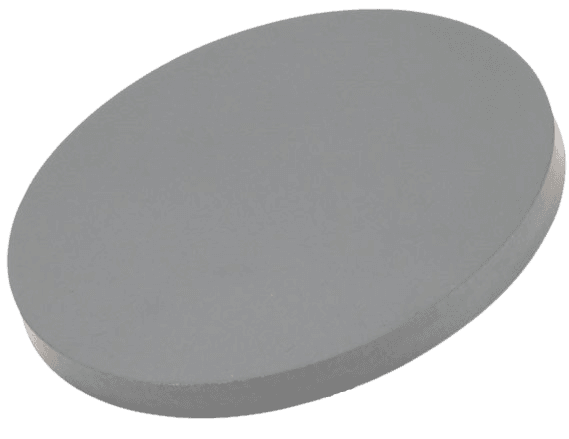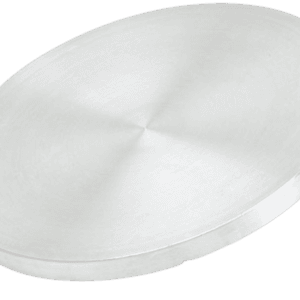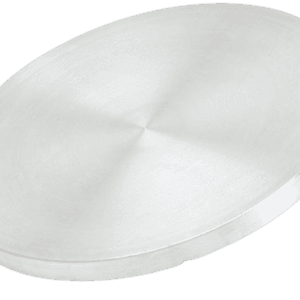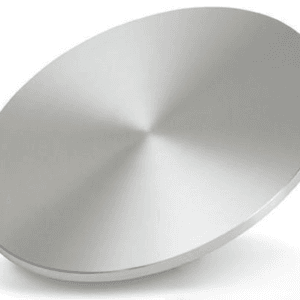Tungsten Doped Indium Oxide Sputtering Target Description
Tungsten-doped indium oxide sputtering target is used in sputtering processes, a physical vapor deposition technique commonly employed in the semiconductor industry to deposit thin films of materials onto substrates.
Related Product: ITO Sputtering Target
Tungsten Doped Indium Oxide Sputtering Target Specifications
| Compound Formula | In2O3/ WO3 |
| Appearance | Gray, Semi-Metallic |
| Melting Point | 1980℃ |
| Density | 2.329 g/cm3 |
| Available Sizes | Dia.: 1.0″, 2.0″, 3.0″, 4.0″, 5.0″, 6.0″ Thick: 0.125″, 0.250″ |
Tungsten Doped Indium Oxide Sputtering Target Handling Notes
Tungsten Doped Indium Oxide Sputtering Target Application
Tungsten Doped Indium Oxide Sputtering Target is typically used in applications requiring high-quality thin films, such as in the fabrication of integrated circuits, solar cells, optical coatings, and various electronic and semiconductor devices.
Tungsten Doped Indium Oxide Sputtering Target Packaging
Our Tungsten Doped Indium Oxide Sputtering Targets are meticulously handled during storage and transportation to maintain their quality and ensure they arrive in optimal condition.
Get Contact
TFM offers Tungsten Doped Indium Oxide Sputtering Targets in various forms, purities, sizes, and prices. We specialize in high-purity thin film deposition materials with optimal density and minimal grain sizes, which are ideal for semiconductor, CVD, and PVD applications in display and optics. Contact Us for current pricing on sputtering targets and other deposition materials that are not listed.





Reviews
There are no reviews yet.